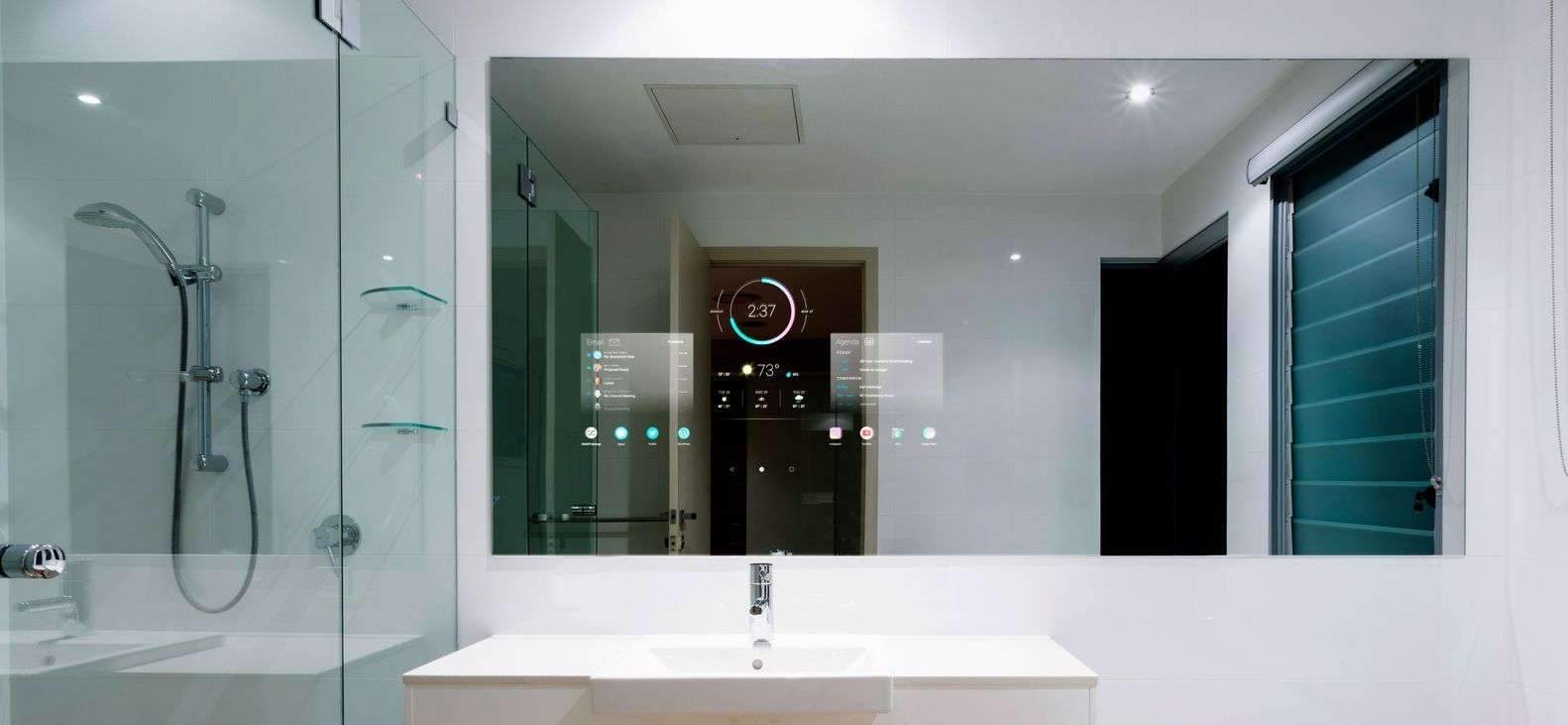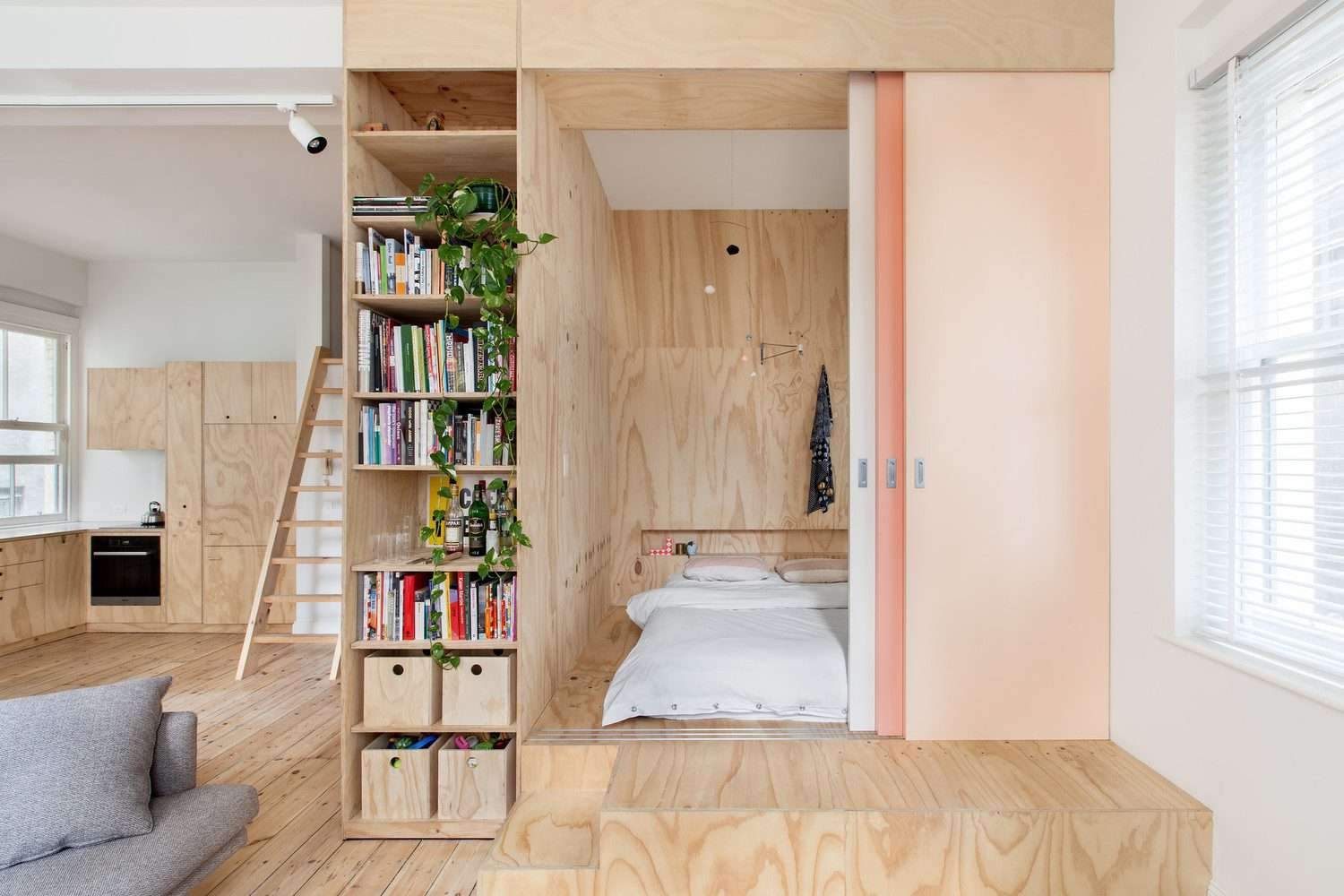The United Nations published an article in 2018,
stating that 55 percent of the world’s population actually lives in urban areas,
and projected that this percentage would reach 68 percent. by 2050.
This trend carries with it many implications related to environmental degradation and social inequality towards more urbanization.
Urban growth may increase air pollution, endanger large numbers of animals, and promote loss of tree cover.
In addition, it increases the likelihood of environmental disasters such as flash floods, according to National Geographic.
These health risks and catastrophic phenomena are expected to affect poorer populations,
as major cities tend to exhibit higher rates of economic inequality.

Uncontrolled growth tends to produce unequal distributions of space, services, and opportunities.
As designers increasingly prioritize sustainability and maximizing available space,
To mitigate these negative effects of urban expansion.
Allowing more people to occupy less space and a smaller footprint,
the interiors of the future are also expected to use new technologies and smarter methods.
Especially with the growing interest in sustainability, to reduce energy use and reduce emissions.

More sustainable urban living trends
These trends are one of the most important ways in which this shift in the use of less energy-intensive materials, and the shift from high-energy materials, will occur.
Such as cement, glass, brick, and steel to alternatives including stone, rammed earth, hollow concrete, and wood.
For example, it is listed by the Environmental Impact Assessment in 2013, as the most energy-intensive manufacturing industry.
Reducing the dependence on these materials in cities around the world would be an important step towards more sustainable urban living.
Thus, domestic and professional interiors in the future may include more earthy or woody interiors.
Instead of the cool, detached grays of modern spaces of steel, concrete and glass.

An important consideration in this shift is necessarily the issue of location,
as transporting heavy materials can be a significant contributor to embodied energy and overall costs.
By avoiding the global claims of many modern architecture movements,
we can expect that future interiors will evolve from the regions.
As may be compatible with specific climates and landscapes to negatively reduce energy use and emissions.
Not only will this transformation occur through the use of local materials and the elimination of transportation costs,
but consideration of the local climate will allow architects to use passive solar design and passive cooling, to reduce the need for heating and air conditioning.

Support preventive measures
These safeguards will be supported by a large number of new technologies designed to improve energy use and reduce construction waste.
Architects and construction workers must use Building Information Modeling (BIM) when designing new spaces.
It is a collaborative technology that facilitates detailed planning and implementation to reduce waste, reduce costs, improve sustainability and foster innovation.
Designers may use energy modeling software, along with BIM, to produce buildings that maximize energy efficiency.
However, with the high cost and environmental impact of new construction,
it is likely that future interiors will consist not only of new buildings but also of existing modified structures.

The industry has also grown rapidly, with more than $500 million spent on retrofitting old hotels in 2018 alone.
Much of this transformation is happening through the incorporation of smart building technology.
For more architectural news
Raised Bamboo Retreat Design for Tranquil Views in the Countryside


 العربية
العربية
Pingback: Interior design between past present and future - ArchUp